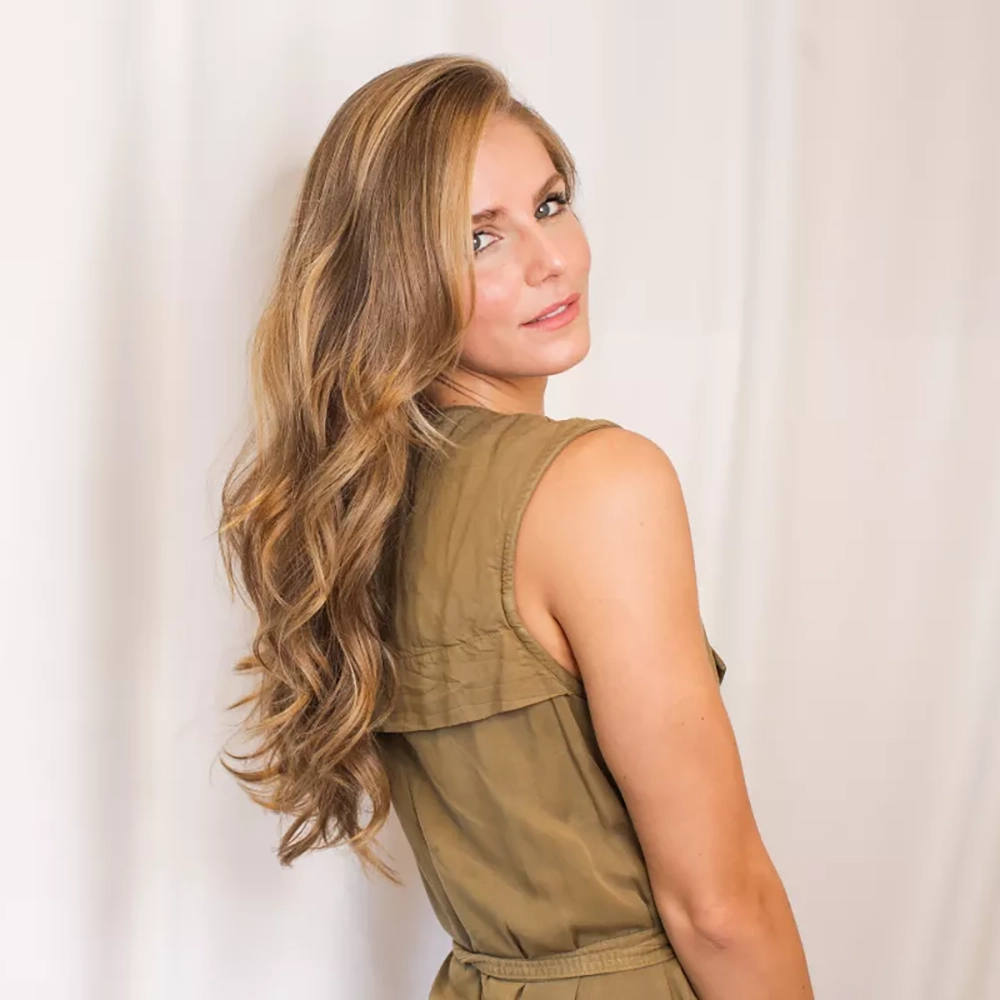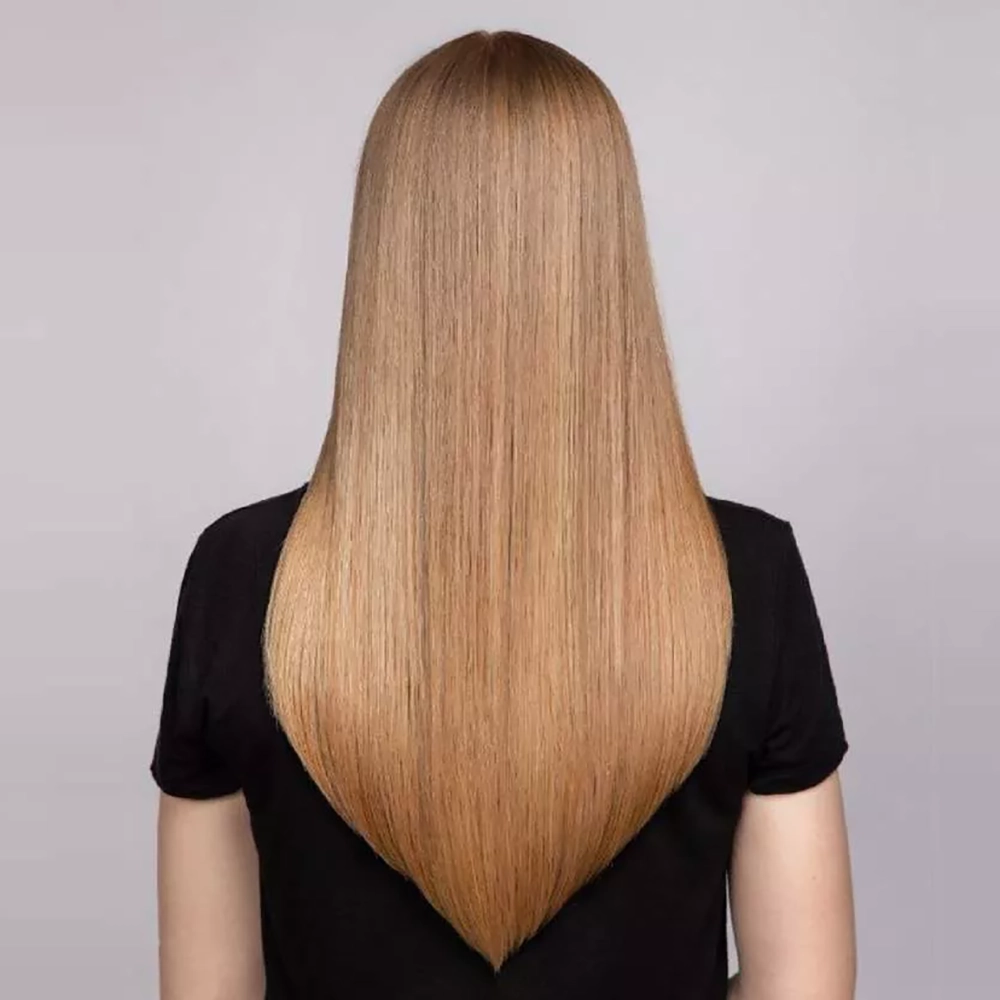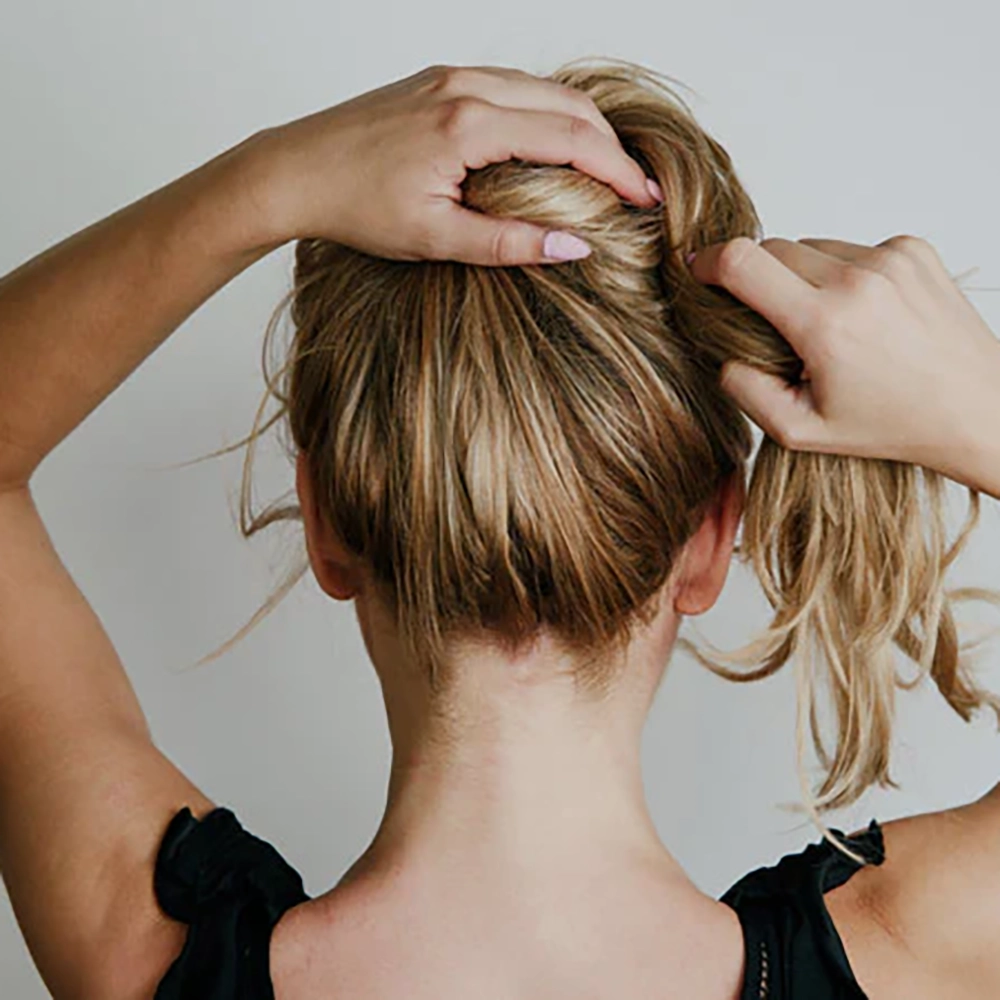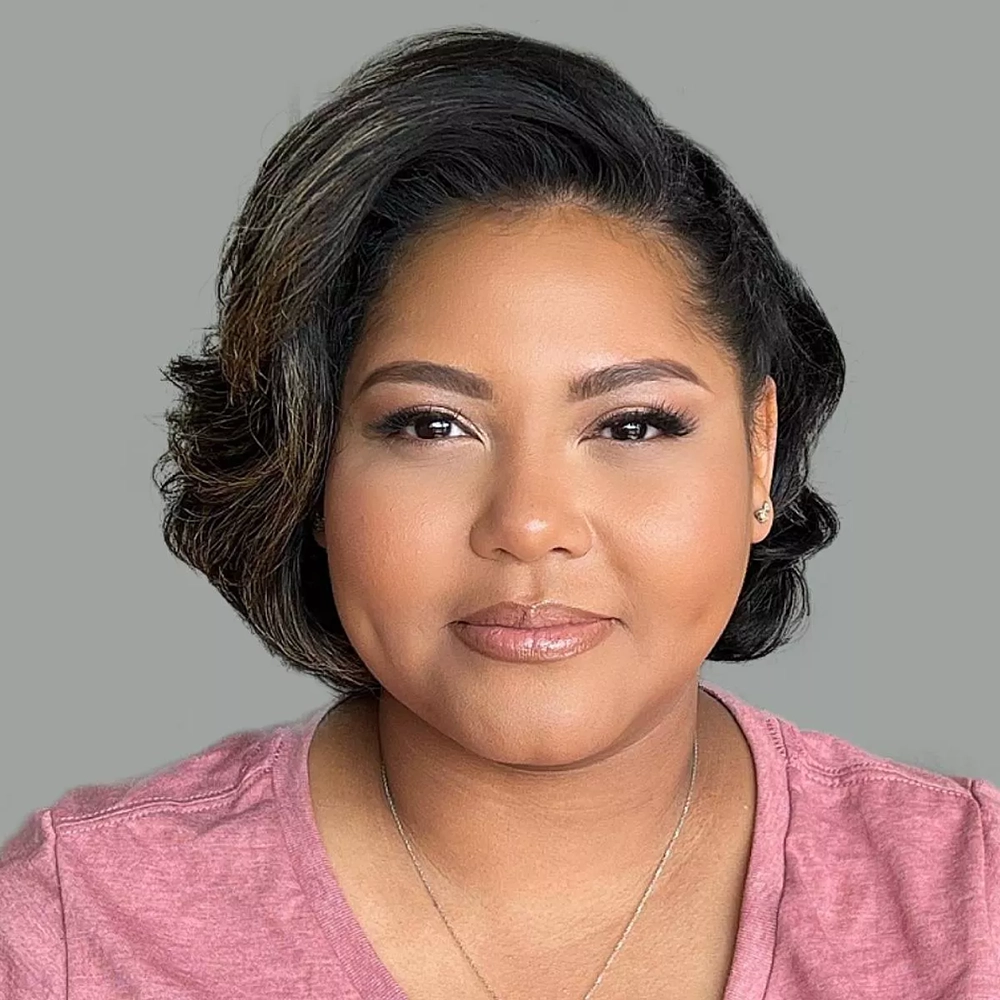Maintenance challenges of long hair
Long hair is often seen as a symbol of beauty and femininity, but it comes with its own set of challenges when it comes to maintenance. While it may look glamorous on the outside, those with long locks know that taking care of them requires time and effort. From tangles to hair loss, managing long hair can be a daunting task. In this blog post, we will explore some of the maintenance challenges faced by individuals with long hair and discuss strategies to overcome them.
One of the major challenges of maintaining long hair is dealing with tangles. The longer the hair, the easier it is for it to become tangled and knotted. Brushing out these tangles can be a time-consuming and frustrating process. Regular brushing and using a wide-toothed comb can help prevent tangles, but it requires patience and diligence. Additionally, using a leave-in conditioner or detangling spray can make the process easier and less damaging to the hair.
Another difficulty faced by individuals with long hair is the time-consuming styling routines. Styling long hair can take a significant amount of time and effort. Whether it’s straightening, curling, or braiding, it can feel like a never-ending task. Moreover, heat styling tools can cause damage to the hair if not used properly. It’s important to use heat protectant sprays and limit the use of hot tools to prevent hair damage. Experimenting with different hairstyles and finding the ones that are quick and easy to do can help save time and reduce the stress of styling.
Increased risk of hair damage
Hair is a significant aspect of an individual’s appearance and self-image. However, there are many factors that can contribute to hair damage, leading to a decrease in its overall health and vitality. It is essential to understand the various factors that can increase the risk of hair damage, in order to prevent and mitigate these issues effectively.
One of the primary factors contributing to an increased risk of hair damage is excessive use of heat styling tools. Curling irons, straighteners, and blow dryers can cause significant damage to the hair shaft, making it weak, brittle, and prone to breakage. Applying high heat to the hair on a regular basis disrupts the hair’s natural structure and depletes its moisture, resulting in dry and damaged locks.
Moreover, excessive chemical treatments can also lead to hair damage. Frequent coloring, perming, or relaxing hair can strip it of its natural oils and proteins, leaving it dull, lifeless, and more susceptible to breakage. Chemical treatments weaken the hair shaft and can cause irreversible damage if not done correctly or if performed too frequently.
- Poor hair care practices
In addition to heat styling and chemical treatments, poor hair care practices can contribute to an increased risk of damage. Overwashing, using harsh shampoos and conditioners, and towel drying hair vigorously can all cause hair to become weak and prone to breakage. It is important to use gentle hair care products suitable for your hair type and minimize the use of heat and friction when drying and styling.
| Causes of hair damage | Effects on hair |
|---|---|
| Excessive use of heat styling tools | Weak, brittle, and prone to breakage |
| Excessive chemical treatments | Dull, lifeless, and more susceptible to breakage |
| Poor hair care practices | Weak and prone to breakage |
To maintain healthy and vibrant hair, it is crucial to minimize the risk of damage by adopting good hair care habits. This includes using heat protectants before styling, limiting the use of heat tools, choosing gentle hair care products, and avoiding excessive chemical treatments. Additionally, regular trims and deep conditioning treatments can help in preventing and repairing hair damage. By being mindful of these factors and taking proactive measures, you can significantly reduce the risk of hair damage and promote the overall health and beauty of your locks.
Difficulties in managing tangles
Tangles are a common issue for those with long hair, and managing them can often be a difficult and frustrating task. The increased length of long hair makes it more prone to tangling, especially when left untied or exposed to external elements such as wind or water. Tangles occur when strands of hair become twisted and interlocked with one another, leading to knots and snarls that can be both painful and time-consuming to detangle.
One of the main difficulties in managing tangles is the amount of effort required to untangle them. Long hair tends to have more tangles compared to shorter hair, as there is more surface area for strands to intertwine. To effectively remove tangles, a considerable amount of patience, time, and care is necessary. This can be particularly challenging for individuals with busy lifestyles or limited time for hair care routines.
Moreover, tangles can also cause damage to the hair. Pulling or yanking on tangled hair can lead to breakage, split ends, and even hair loss. This increased risk of hair damage is particularly concerning for those who wish to maintain long, healthy hair. Regular brushing or combing, preferably with a wide-toothed comb or a detangling brush, can help prevent tangles from forming and minimize the risk of hair damage.
In order to effectively manage tangles, it is important to establish a proper hair care routine. This may include using conditioner to soften the hair and make it more manageable, as well as applying leave-in conditioners or detangling sprays to ease the process of removing tangles. Additionally, tying hair up or braiding it before bed can help prevent excessive tangling overnight.
- Regular brushing or combing
- Using a wide-toothed comb or detangling brush
- Using conditioner and leave-in products
- Tying hair up or braiding before bed
It is important to note that each person’s hair is unique, and what works for one individual may not necessarily work for another. Experimenting with different products and techniques can help find the best solution for managing tangles effectively. If the difficulties in managing tangles persist or become increasingly problematic, it is advisable to seek guidance from a professional hair stylist or trichologist for personalized advice and solutions.
| Common Difficulties in Managing Tangles: |
|---|
| Time-consuming |
| Increased risk of hair damage |
| Requires patience and care |
| Potential hair loss |
| Need for a proper hair care routine |
Time-consuming styling routines
Styling your hair can be a fun and creative way to express your personality, but it can also be quite time-consuming. From choosing the right hairstyle to actually executing it, there are a lot of steps involved in creating the perfect look. Whether you have short hair or long hair, the time commitment required for styling can be significant. In this blog post, we will explore the time-consuming aspects of styling routines and provide some tips and tricks to help streamline the process.
One of the main reasons styling routines can be time-consuming is the need for preparation. Before even beginning to style your hair, you may need to wash and condition it, which can take up a considerable amount of time. Additionally, certain hairstyles require you to blow-dry or straighten your hair, which can further add to the time required for styling. Taking the time to properly prepare your hair before attempting any hairstyle is essential for achieving the desired results.
Another factor that contributes to time-consuming styling routines is the complexity of certain hairstyles. Styles such as updos, braids, or intricate curls require precision and attention to detail, which can be quite time-consuming to achieve. It may take several attempts and a lot of practice before you can achieve the desired look. Additionally, some hairstyles may require the use of various styling products and tools, which adds to the overall time commitment.
| Factors contributing to time-consuming styling routines: |
|---|
| 1. Hair preparation: Washing, conditioning, and drying the hair takes time. |
| 2. Complexity of hairstyles: Some styles require precision and multiple steps. |
| 3. Use of styling products and tools: Certain hairstyles may require the use of various products and tools. |
To make the styling process more time-efficient, there are a few tips you can try. Firstly, choose hairstyles that are simpler and easier to achieve. Opting for loose waves or a sleek straight look can save you time compared to intricate updos or complicated braids. Secondly, invest in quality styling tools and products that can help speed up the process. For example, a high-quality hair straightener or a curling wand can make styling faster and more efficient.
To summarize, while styling your hair can be a fun and creative process, it can also be time-consuming. Factors such as hair preparation, the complexity of hairstyles, and the use of styling products can all contribute to the time commitment required for styling. However, with the right techniques and tools, you can streamline your styling routines and make the process more efficient. So, next time you find yourself spending hours on your hair, try implementing some of these tips to save time and still achieve a fabulous look.
Higher likelihood of hair loss
Hair loss is a common concern for many individuals, and those with long hair may be at a higher likelihood of experiencing this issue. While long hair can be seen as luxurious and beautiful, it can also come with its own set of challenges. One of the main factors contributing to a higher risk of hair loss is the added weight of long strands. The weight can strain the hair follicles and lead to increased breakage and shedding.
Another factor that contributes to the higher likelihood of hair loss in individuals with long hair is the increased exposure to environmental factors. Long hair is more prone to damage from sunlight, pollution, and harsh weather conditions. These external factors can weaken the hair shaft and result in hair loss over time.
Frequent styling and manipulation of long hair can also contribute to hair loss. Individuals with long hair may spend more time and effort on styling, which often involves the use of heat tools and products. The excessive use of heat and chemicals can cause damage to the hair, weakening it and leading to breakage and eventual hair loss.
- Tight hairstyles, such as ponytails or buns, can also contribute to hair loss in individuals with long hair. The constant pulling and tension on the hair follicles can lead to a condition called traction alopecia, which is characterized by thinning and hair loss in the affected areas.
- Furthermore, inadequate hair care practices, such as improper washing and drying techniques, can also contribute to hair loss. Long hair requires extra attention and care to ensure its health and minimize the risk of breakage.
| Factors Contributing to Hair Loss in Individuals with Long Hair |
|---|
| Added weight of long strands |
| Increased exposure to environmental factors |
| Frequent styling and use of heat tools |
| Tight hairstyles and constant pulling |
| Inadequate hair care practices |
It is essential for individuals with long hair to take proactive measures to prevent hair loss. Maintaining a balanced and nutritious diet, avoiding excessive heat and chemical treatments, and practicing gentle hair care techniques can all help minimize the risk of hair loss. Regular visits to a trusted hair care professional can also provide guidance and support in maintaining healthy and luscious long locks.
Increased susceptibility to heat damage
When it comes to styling and maintaining our hair, heat tools have become a staple in many people’s daily routine. From straighteners to curling irons, these devices help us achieve the desired look effortlessly. However, while they may bring us closer to our #hairgoals, they also come with a downside – increased susceptibility to heat damage.
Heat damage occurs when our hair is exposed to high temperatures, causing it to become dry, brittle, and prone to breakage. This can lead to split ends, frizz, and overall lackluster hair. Unfortunately, those with long hair are particularly at risk due to the greater surface area and length of their strands.
One of the main culprits of heat damage is the frequent and prolonged use of heat styling tools. Whether it’s blow-drying, straightening, or curling, subjecting our hair to high temperatures regularly can weaken its structure over time. The intense heat strips away the natural moisture, leaving our locks parched and more susceptible to damage. As a result, our hair loses its shine, elasticity, and vitality.
- Excessive heat exposure: Constantly using heat tools at high temperatures can cause irreparable damage to your hair. Opting for moderate heat settings or utilizing heat protectant products can minimize the risk of heat damage.
- Prolonged styling sessions: Spending long hours styling your hair with heat tools can be tempting, especially when striving for a perfectly polished look. However, this significantly increases the time your hair is exposed to heat, heightening the risk of damage.
- Frequent use of hot water: Washing your hair with excessively hot water already puts stress on your strands, and when combined with heat styling, it can be detrimental. Consider rinsing with lukewarm or cool water to minimize the impact.
| Signs of Heat Damage |
|---|
| Dry, brittle, and rough hair texture |
| Split ends |
| Frizz and lack of manageability |
| Changes in hair color and vibrancy |
| Loss of natural curl pattern |
Preventing heat damage is crucial in maintaining the health and appearance of your hair. Although it’s difficult to completely avoid heat styling, there are precautions you can take to minimize the impact. Using heat protectant sprays or serums can create a barrier between your strands and the heat, reducing the damage caused.
Additionally, incorporating regular deep conditioning treatments into your hair care routine helps restore moisture and strengthen your strands. When blow-drying, use the cool setting whenever possible to limit heat exposure. Embracing heat-less styling methods, such as air-drying or using heat-free curling techniques, can also help minimize the risk of damage.
Remember, your hair is unique, and what works for someone else may not work for you. Listen to your hair’s needs and find a balance between achieving your desired styles and protecting its health. By taking proactive steps to prevent heat damage, you can ensure your long locks stay beautiful, healthy, and resilient.
Issues with hair hygiene and cleanliness
Having clean and hygienic hair is not just about maintaining a good appearance, but it also plays a vital role in our overall health. However, there are various challenges and issues that individuals with different hair types and lengths face when it comes to hair hygiene and cleanliness.
One major challenge is the accumulation of dirt, oil, and product buildup in the hair. This can be more prevalent for individuals with long hair as the length of their hair increases the surface area, making it more susceptible to collecting dirt and grime. Regular cleansing becomes essential to prevent an unhealthy scalp and maintain hair hygiene.
Listed below are a few challenges individuals face in terms of hair hygiene and cleanliness:
| Challenge | Description |
|---|---|
| Tangled hair | Long hair is more prone to tangling, and untangling knots can be time-consuming. This often leads to insufficient cleansing and a higher chance of dirt and oil buildup in neglected areas of the hair. |
| Difficult access | Long and voluminous hair can create obstacles when trying to access the scalp directly during washing. This can result in ineffective cleansing and inadequate removal of dirt and product residue. |
| Drying time | Long hair takes longer to dry compared to shorter hair, creating an extended period in which the scalp remains damp. This environment can facilitate the growth of bacteria and fungi, leading to unpleasant odor and potential scalp issues. |
In order to overcome these challenges, individuals with long hair must adopt a proper hair care routine. Regular washing with a suitable shampoo and conditioner tailored to their hair type is crucial. Additionally, utilizing a wide-toothed comb or brush specifically designed for detangling can help prevent knots and tangles.
In conclusion, while long hair can be beautiful, it requires extra effort and attention when it comes to maintaining hair hygiene and cleanliness. By understanding the challenges associated with long hair, individuals can create a personalized hair care routine to ensure their locks remain clean, fresh, and healthy.




































